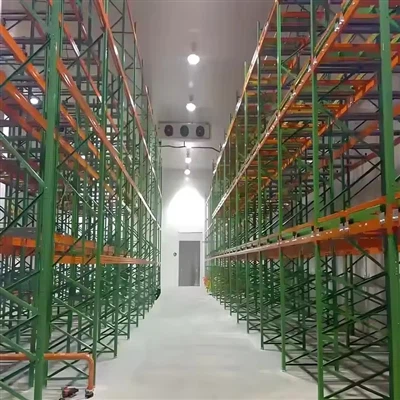How do I choose a pallet?
1. Load capacity
When choosing a pallet, the first thing to consider is its load capacity. Load capacity refers to the heavy weight the pallet can bear. Depending on your needs, it is important to choose the appropriate load capacity. If the load capacity is insufficient, the pallet may deform or crack, causing product damage or safety hazards. Therefore, when selecting, make sure the load capacity of the pallet meets your needs.
2. Size and shape
The size and shape of the pallet are also important factors to consider when selecting one. Size and shape should be chosen based on the features and dimensions of the product. If the pallet is too small, the product may not fit on it, while if the pallet is too large, space and resources are wasted. In addition, the shape of the pallet should also match the shape of the product to ensure product stability and safety.
3. Material selection
Pallet material selection is also an important consideration. Common pallet materials include plastic, wood, and metal. Each material has its advantages and disadvantages. Plastic pallets generally offer lower cost, lighter weight, and better durability, but may not be suitable for heavy-duty products. Wooden pallets have a higher load capacity and better stability, but may be susceptible to moisture or deformation. Metal pallets have extremely high load capacity and durability, but they cost more. Therefore, when selecting, appropriate materials should be selected according to the characteristics and needs of the product.
4. Stacking ability
Stacking capacity refers to the maximum height to which pallets can be stacked. In the process of logistics transportation and warehousing, stacking ability is very important to save space and improve efficiency. If the pallet's stacking capacity is insufficient, it may result in unstable stacking and increase the risk of product damage. Therefore, when selecting a model, make sure that the stacking capacity of the pallet can meet your needs.
5. Adapt to the environment
Finally, consider the adaptability of the pallet to the environment. Different environmental conditions may have different requirements for pallet materials and performance. For example, if the pallet will be used in a humid environment, choose a material with moisture-resistant properties. If the pallet will be used in a low-temperature environment, materials with cold-resistant properties should be selected. Therefore, when selecting, consider the environmental conditions in which the pallet will be used and select a pallet that is suitable for it.
Pallet selection is a process that requires careful consideration. When selecting, pay attention to factors such as load capacity, size and shape, material selection, stacking capacity, and environmental adaptability. Only by comprehensively considering these factors can you choose a pallet that suits your needs, improve production and logistics efficiency, and ensure product safety and quality.






